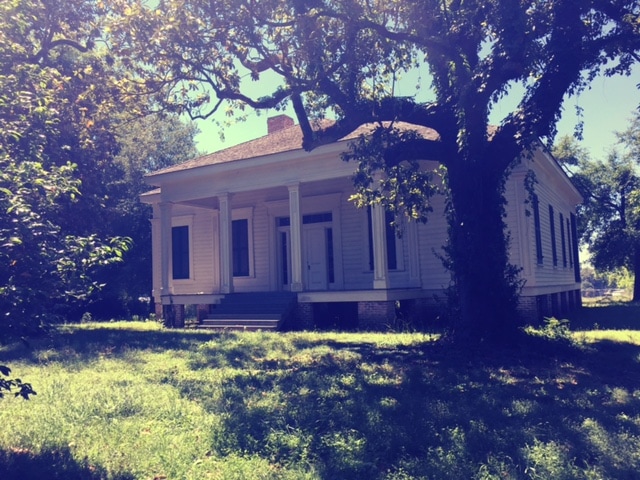

In 1866, the pair married.īut war irrevocably divided the church. "He called her 'his little angel,' and he said he'd come back after the war to marry her," says Henderson. The 20-year-old fell in love with 17-year-old Reece. Green was nursed at Bethesda after his eyes suffered powder burns. Henderson tells the story of Union soldier and Hawkins County native Andrew Jackson Green and volunteer nurse Mary Reece. Henderson says it's likely that Union forces also used the church as a hospital when they took control of the area in early 1864.Īmid the war, two young people fell in love. Wounded would have arrived as well from the December Battle of Mossy Creek, says Bill Henderson, a member of the Sons of Confederate Veterans Chapter 638 that helps care for the church and the Civil War graves. James Longstreet arrived in the area after the Battle of Bean's Station.

Most are believed to have fought for the Confederacy.īuilt in 1835, the church was turned into a Confederate hospital in December of 1863 when Gen. Eighty of those men are remembered by large group memorials their individual names aren't known.

The cemetery that spreads out from the church holds the remains of soldiers, many who died in the hospital or in nearby battles. Its service as a hospital for Confederate forces is noted on a large stone plaque on an exterior wall. Now the small brick building sits empty, its wooden pews and pulpit intact. MORRISTOWN - Turned into a hospital during the Civil War, Bethesda Presbyterian Church suffered more than physical scars from the war.Įventually, the beliefs that divided a nation would divide the small church congregation.


 0 kommentar(er)
0 kommentar(er)
